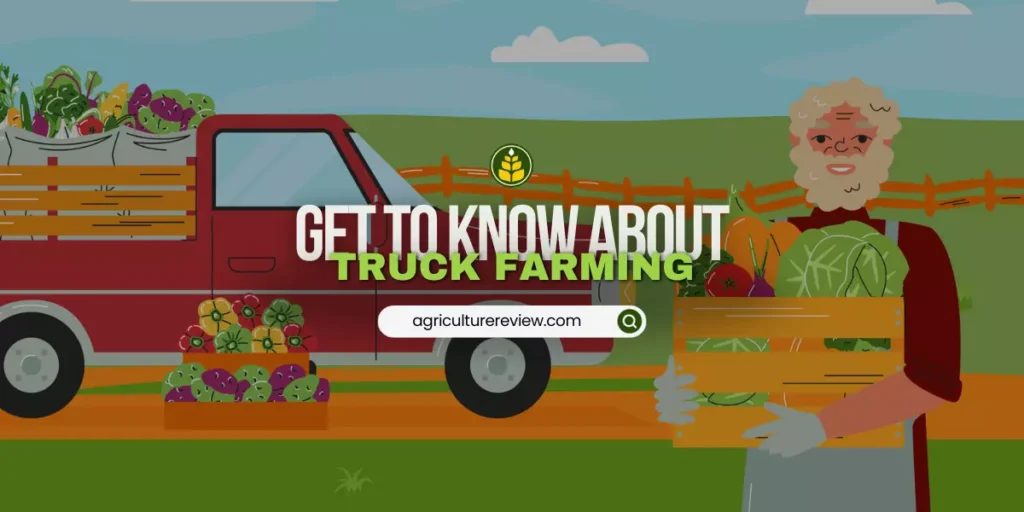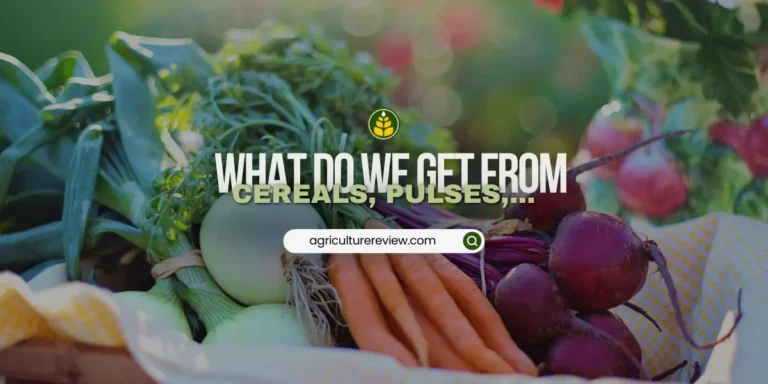Truck farming is the practice of cultivating fruits and vegetables crop on a large scale to transport them to distant markets. The historic records of truck farming can be seen in Egypt and Greece. With time as human civilizations evolved, people invented new agricultural techniques and transportation methods that helped to reduce post-harvest losses.

Due to this, with good road and rail infrastructure, we can transport fruits and vegetables to distant markets where farmers can get good prices for their produce. However, before industrialization, it was not easily possible. That is why during those days farmers used to transport fruits and vegetables to the nearby markets.
Due to truck farming, non-seasonal fruits and vegetables can be made available in places where their cultivation is not possible easily. For example, mango which is a tropical fruit is transported to Japan (Temperate Climate) from India (Tropical Climate) very easily, thus making it available in the Japanese market.
Likewise, tomatoes, lettuce, melons, beets, broccoli, celery, radishes, onions, cabbage, and strawberries are the most popular truck crops in the United States. Truck farming is mainly practiced in California, Texas, Florida, the Atlantic Coastal Plain, and the Great Lakes area in the U.S.
To start truck farming, you should have a large farmland in the rural area. Begin by getting your soil tested, and conduct market research to know about crop demands, price and adaptability to grow in your region. Make a plan that should involve cultivation technology, input costs (Field preparation, seeds, sowing, irrigation, fertilizers, harvesting, etc.), expected yield, and expected selling cost. Once all these concepts are clear, and you are 99% sure of the profitability, then start your truck farm.
If you have any queries, ideas or suggestions, then please comment below. You can also connect with Agriculture Review on Facebook, Instagram, Koo and WhatsApp Messenger.





